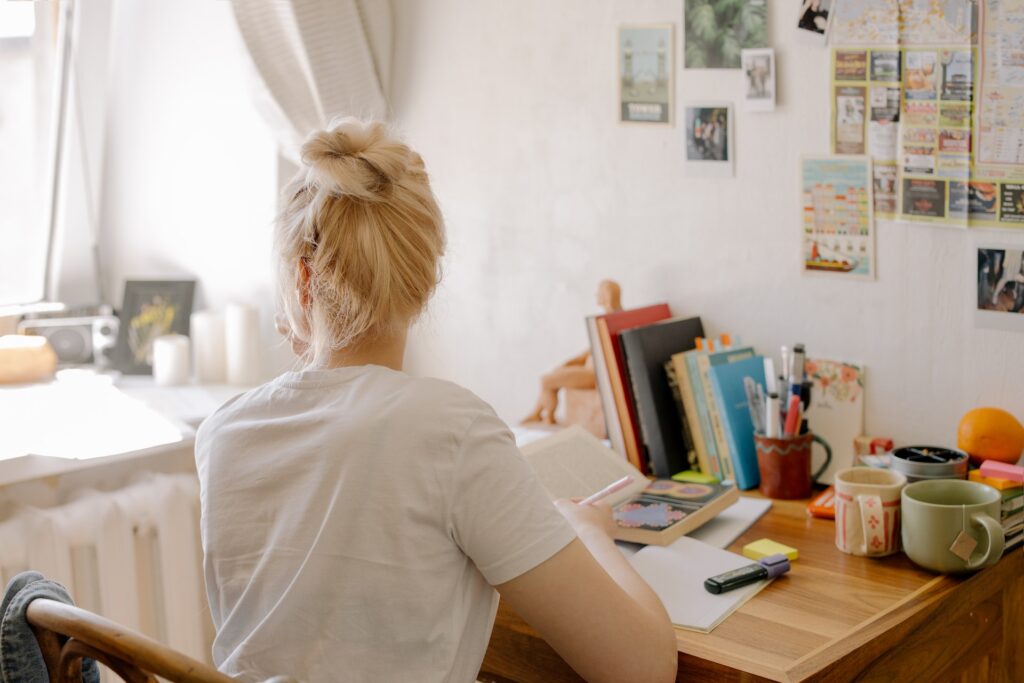An eye-catching poster grabs the viewer’s attention, whether in a home, an apartment, or a dorm room. When designing and printing Custom Posters, many are unsure of where and how to begin and budgetary constraints may make it even harder. Here, readers will learn what to consider when designing a poster.
Remembering The Reason for the Design
Every poster conveys a message, and designers should know what they’re trying to say. When designing a custom poster, keep the message and the target audience in mind. Once these details are addressed, it’s easier for users to create designs with all the right information.
Creating One or More Focal Points
Regardless of the subject matter, a poster should deliver its message with visual appeal. For instance, those designing posters of their favourite bands should include focal points that speak on the message behind the music. When posters are designed around strong focal points, they leave an indelible impression on viewers.
Adding the Right Design Elements
Other than focal points and design aspects, successful custom posters need other elements. Contrasting colours add a unique touch to all types of designs, while large fonts make posters more noticeable from across the room. Use striking colours and appealing typography to give custom posters a dramatic, attention-getting look.
Keeping Consistency Throughout the Design

Consistency is a vital part of a successful design. It’s easy to spot poster designs without detail, but it’s equally simple to create pixel-perfect designs that impress visitors. Keep poster designs organized by maintaining consistency in typography and subject matter, and remember that proper font size and spacing will create a more balanced look.
Using Fonts Wisely
Using several fonts in a custom poster will affect its overall appearance and will make a significant difference when done well. When choosing fonts for a custom poster, stick to one or two different styles. Print service providers can help buyers create designs that get—and keep—viewers’ attention.
Choosing a Colour Mode
A poster’s colour mode must suit the purpose of its design. The most successful designs, even those hung in apartments and dorms, use the CMYK colour mode. When designing posters in Photoshop or a similar tool, users can change the colour mode to suit their preferences and design intent.
Setting the Resolution for Optimal Clarity and Quality
To print an appealing poster, the buyer must choose the appropriate resolution. It’s best to go with a resolution of 300 dpi (dots per inch) or higher, as anything lower may make the poster look blurry and of low quality.
Proofreading the Poster
Even a minor spelling error on a poster will create a negative impression. Before printing a custom poster, check the spelling of any text. Paste the text into Microsoft Word, and the program will correct any mistakes.
Wrapping it Up
Using posters as home design elements is a great way to add visual interest and make an otherwise sterile space more unique. To design and print custom posters, follow these tips and work with a reliable printing service.

